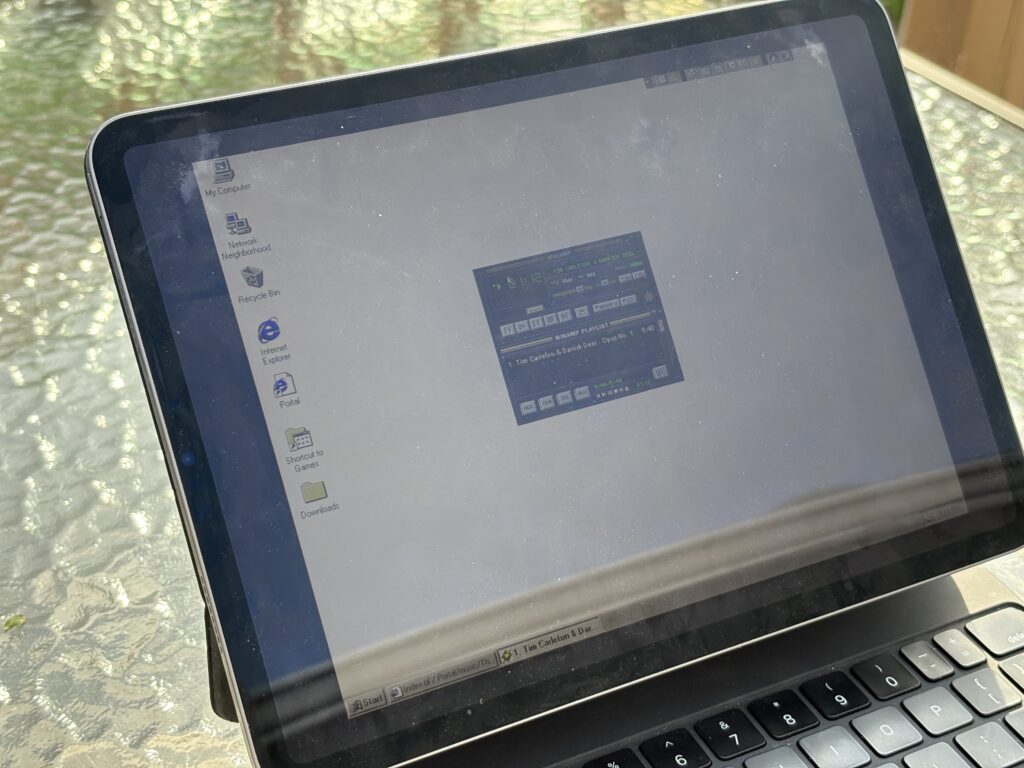The Brave Little Toaster film series, covers some rather adult topics for a film series ultimately intended for kids. How many children’s films can you think of that feature abandonment, loneliness, self-sacrifice, self-worth, fate, and, most shocking of all, suicide?
I will not be discussing every story beat as at this point I am sure most of y’all are familiar with the hero’s journey and the structure of a story.



